Introduction
Cherry Valley Ducks, renowned for their lean meat, rich flavor, and tender texture, are a culinary delight that can elevate any meal to gourmet status. Whether you’re a seasoned chef or an enthusiastic home cook, mastering the art of preparing Cherry Valley Duck can transform your dining experiences into memorable feasts. This comprehensive guide will delve into various cooking methods, flavorful marinades, and innovative recipes to ensure your Cherry Valley Duck dishes are nothing short of exquisite.
Understanding Cherry Valley Ducks
Before diving into the recipes, it’s crucial to understand the unique qualities of Cherry Valley Ducks. These ducks are bred specifically for their meat quality, which is leaner and more flavorful than many other duck varieties. Their meat has a delicate balance of fat, providing a moist and juicy texture when cooked properly. Cherry Valley Ducks are also known for their larger size, making them ideal for serving larger gatherings or creating impressive main courses.
Basic Preparation Techniques
-
Thawing and Cleaning:
If you’re using frozen Cherry Valley Duck, ensure it thaws properly in the refrigerator. Once thawed, rinse the duck inside and out under cold running water. Pat it dry thoroughly with paper towels to remove excess moisture, which can affect the cooking process and final texture. -
Trimming Fat:
While some fat is desirable for flavor and moisture retention, excess fat can make the dish greasy. Trim away any large fat deposits, especially around the neck and cavity, but leave a thin layer of skin intact for optimal cooking results.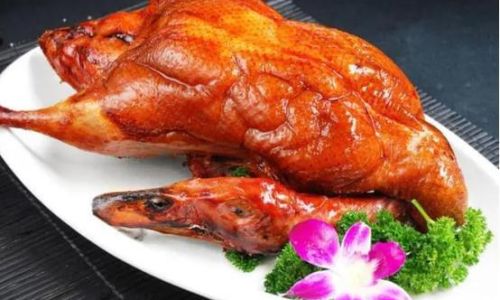
-
Scoring the Skin:
To ensure crispy skin, score the duck’s skin in a diamond or crosshatch pattern without cutting into the flesh. This allows the fat to render more effectively during cooking, creating a crunchy exterior.
Marinades and Seasonings
Marinating Cherry Valley Duck can add layers of flavor and tenderize the meat. Here are a few tried-and-true marinades:
-
Herb and Citrus Marinade:
Combine fresh rosemary, thyme, garlic, lemon zest, and orange juice with olive oil, salt, and pepper. This bright, refreshing marinade complements the duck’s rich flavor without overpowering it. -
Asian-Inspired Marinade:
Mix soy sauce, honey, ginger, garlic, sesame oil, and a touch of rice vinegar. This marinade infuses the duck with savory, sweet, and slightly tangy notes, perfect for those who enjoy Asian cuisine. -
Red Wine and Mustard Marinade:
Blend red wine, Dijon mustard, shallots, garlic, and fresh rosemary. This marinade adds depth and complexity to the duck, making it ideal for heartier dishes.
Marinate the duck for at least 2 hours, preferably overnight in the refrigerator, to allow the flavors to fully penetrate the meat.
Cooking Methods
Cherry Valley Ducks are versatile and can be cooked using various techniques, each yielding distinct results.
-
Roasting:
Preheat your oven to 375°F (190°C). Place the seasoned duck breast-side up on a roasting rack set inside a roasting pan. Roast for about 1 hour and 15 minutes to 1 hour and 45 minutes, depending on size, until the internal temperature reaches 165°F (75°C). Tent the duck loosely with foil for the first half of cooking to prevent the skin from burning, then remove the foil for the final 30 minutes to crisp the skin. Baste occasionally with pan juices for added flavor. -
Grilling:
For a smoky flavor, grill the duck over indirect heat. Prepare a grill with one side set to high and the other to low. Season the duck and place it breast-side down on the cooler side of the grill, covered. Grill for about 1 hour, turning occasionally, until the internal temperature reaches 165°F (75°C). Finish by grilling the skin side over direct heat for a few minutes to crisp the skin. -
Confit:
Confitting involves slowly cooking duck in its own fat until tender and flavorful. Cut the duck into pieces, season, and cook slowly in a pot with duck fat or a combination of duck and vegetable oils at a low temperature (around 200°F or 95°C) for several hours. This method is perfect for making duck confit, which can be used in various dishes like risotto or pasta.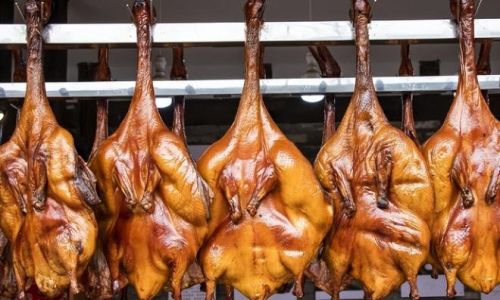
-
Braising:
Braising is ideal for cooking duck legs or whole ducks that require longer cooking times to tenderize the meat. Season the duck, sear it in a hot oven or on the stovetop until browned, then transfer to a heavy-bottomed pot with aromatic vegetables, broth, and wine. Cover and cook in the oven at 325°F (165°C) until tender, usually around 2 to 3 hours.
Innovative Recipes
Now, let’s dive into some innovative recipes that showcase the versatility of Cherry Valley Duck.
-
Cherry Valley Duck Breast with Port Wine Sauce:
- Season duck breasts with salt, pepper, and a sprinkle of thyme.
- Sear in a hot skillet until browned on both sides, then transfer to the oven at 375°F (190°C) for 5-7 minutes for medium-rare.
- Rest the duck breasts while preparing the sauce: Deglaze the skillet with port wine, add shallots, garlic, and a splash of chicken broth. Reduce until thickened, then whisk in a knob of butter and a squeeze of lemon juice.
- Serve the duck breasts sliced with the port wine sauce spooned over top.
-
Cherry Valley Duck and Wild Rice Stuffing:
- Cook wild rice with chopped vegetables and herbs like celery, onion, and parsley.
- Debone a roasted Cherry Valley Duck and shred the meat.
- Mix the duck meat with the cooked wild rice stuffing, season with salt, pepper, and poultry seasoning.
- Stuff the mixture back into the duck cavity (or use it as a standalone side dish).
- Bake at 375°F (190°C) until heated through and the stuffing reaches 165°F (75°C).
-
Duck and Apple Cider Vinegar Stew:
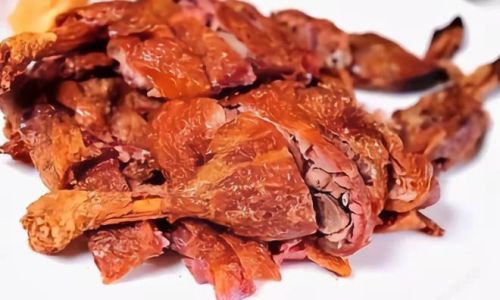
- Sear duck pieces until browned in a heavy pot.
- Add chopped apples, onions, garlic, and carrots.
- Pour in apple cider vinegar, chicken broth, and a splash of maple syrup.
- Season with salt, pepper, and dried thyme.
- Simmer until the duck is tender and the sauce has thickened.
- Serve with crusty bread for sopping up the delicious broth.
Conclusion
Cherry Valley Ducks offer a culinary canvas ripe for creativity and experimentation. Whether you prefer classic roasting, adventurous grilling, or slow-cooked braising, these ducks can transform into dishes that are as visually appealing as they are flavorful. By mastering basic preparation techniques, experimenting with marinades, and trying innovative recipes, you can elevate your duck cooking skills to new heights. So, the next time you’re in the kitchen, don’t shy away from the challenge—embrace the opportunity to create a meal that will leave a lasting impression on your taste buds and your guests’ memories. Happy cooking!
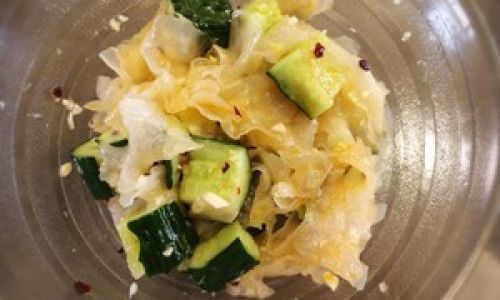
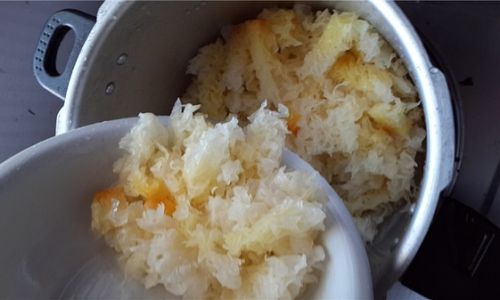
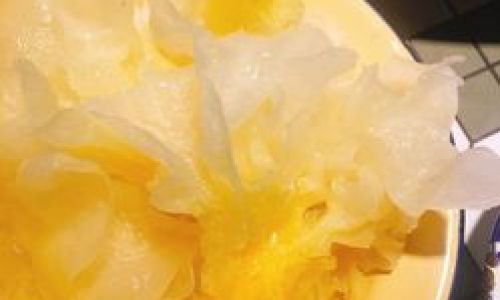
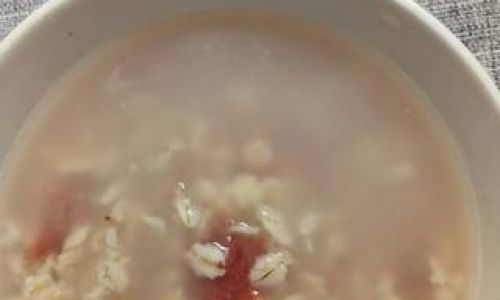
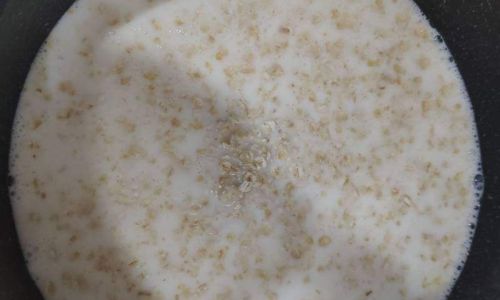
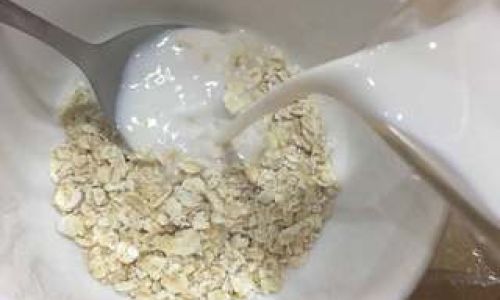
0 comments